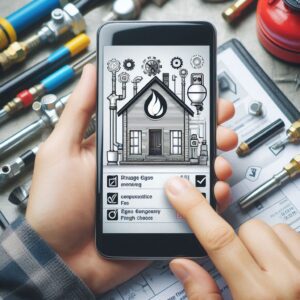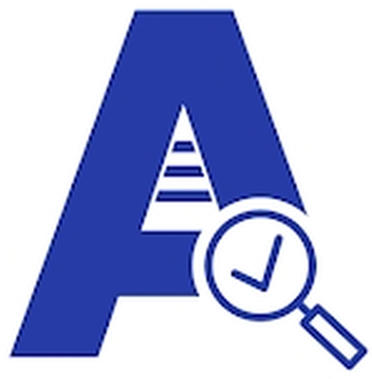Residential Fuel Gas Piping Checklist
Creating a comprehensive Residential Fuel Gas Piping Checklist for use with eAuditor Audits & Inspections involves ensuring that all safety and regulatory requirements are met during the installation, maintenance, and inspection of fuel gas piping systems. Below is a sample checklist that you can customize for your needs in eAuditor Audits & Inspections.

Residential Fuel Gas Piping Checklist
General Information
- Inspector Name:
- Date of Inspection:
- Location/Address:
- Type of Inspection (e.g., Initial, Routine, Final):
- Permit Number:
1. System Documentation
- Are plans and specifications for the gas piping installation available?
- Does the gas piping system design and installation comply with local codes and standards (e.g., NFPA 54, IRC)?
- Is the gas type (natural gas or propane) clearly indicated in the documentation?
2. Material Verification
- Are all pipes, fittings, and components made of approved materials for fuel gas?
- Is pipe size and thickness appropriate for the system’s design pressure?
- Are all pipes free from rust, damage, or deformation?
3. Pipe Installation
- Are all pipes properly supported with approved hangers or brackets?
- Does installation follow the minimum depth for underground piping?
- Are the correct fittings (elbows, tees, etc.) without defects?
- Are flexible gas connectors approved for use and not exceeding the allowed length?
- Is the piping properly labeled or marked (e.g., yellow tape for gas lines)?
- Is installation of gas piping at a safe distance from electrical lines or other utilities?
4. Pipe Joints and Connections
- Are pipe joints properly threaded, flanged, or welded?
- Did installer use approved connectors for connections to appliances?
- Is there no visible leak or signs of improper connection?
5. Venting and Air Supply
- Does appliances connection to proper venting systems comply as per the manufacturer’s instructions?
- Is there adequate ventilation to avoid gas accumulation in enclosed spaces?
- Is the combustion air supply sufficient and unobstructed?


6. Leak Testing
- Did technician conduct a pressure test before introducing gas into the system?
- Are all gas leaks checked using soapy water or an approved leak-detection method?
- Has the system passed the pressure test without any drop in pressure?
- Is there a final inspection for leaks after the system is put into operation?
7. Valves and Shutoffs
- Does all appliances installation include manual shutoff valves?
- Is the main shutoff valve accessible with proper label?
- Does installer install excess flow valves ?
8. Appliance Installation
- Does installation of gas appliances comply with manufacturer’s instructions?
- Are appliances stable?
- Are connectors and controls tested for proper operation?
9. Safety and Accessibility
- Are emergency shutoff valves accessible?
- Is piping located to prevent accidental damage?
- Is there proper signage indicating the presence of gas lines?
- Are there minimum clearances around appliances and piping?
10. Final Approval
- Did certified inspector perform installation inspection?
- Have all deficiencies been corrected?
- Is the gas piping system approved for use?
Inspector’s Comments
Signatures
- Inspector Signature: ___________________________ Date: ___________
- Owner/Contractor Signature: ____________________ Date: ___________
How to Use the Checklist in eAuditor Audits & Inspections:


- Import the Checklist: Create a new inspection template within eAuditor Audits & Inspections and import the checklist as a template for residential gas piping inspections.
- Customize as Needed: Adjust the checklist to your local code requirements, specific gas types (natural or propane), and unique installation scenarios.
- Assign Inspections: Assign the inspection to your team members using eAuditor Audits & Inspection’s scheduling and task assignment features.
- Track Progress: Use eAuditor Audits & Inspection’s reporting feature to track inspection progress, capture photos, generate reports, and mark deficiencies or corrections.
- Digital Signatures: Use eAuditor Audits & Inspection’s signature feature to capture inspector and contractor signatures after the inspection is complete.
This checklist will ensure compliance with safety standards and local regulations during all phases of gas piping installation and inspection.
